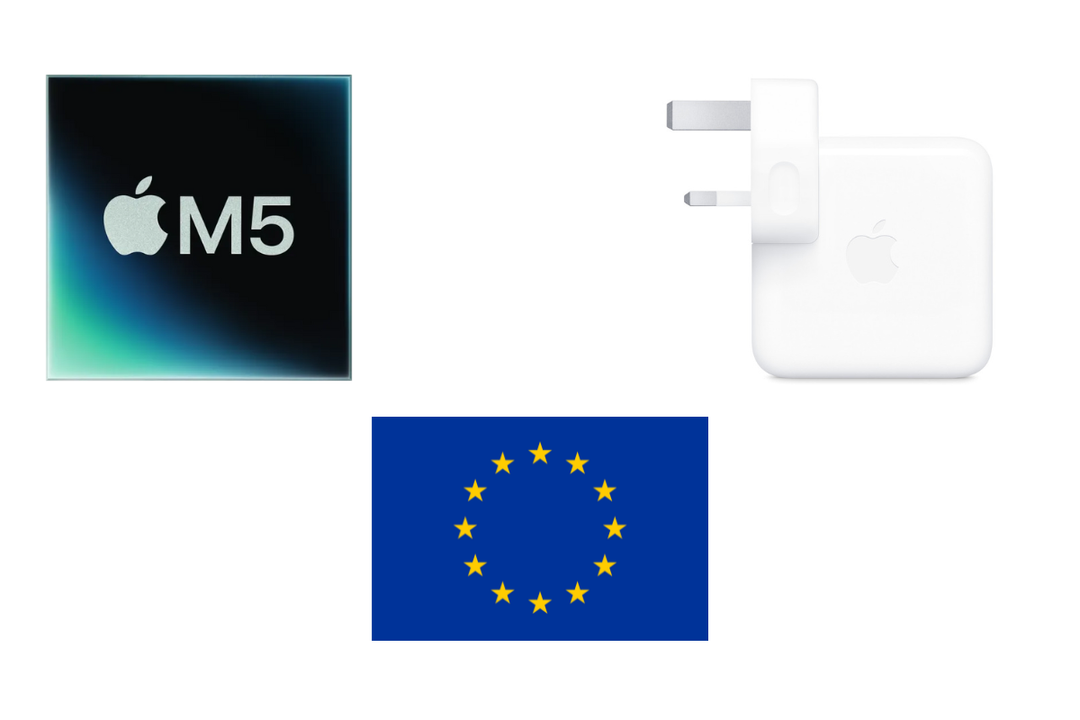With the arrival of Apple silicon in 2020, Apple introduced its memory innovation - Unified Memory. But what is Unified Memory, and how does it differ from other forms of memory?
What is memory?
To grasp the concept of Unified Memory, it’s essential to comprehend the role of RAM and its influence on device performance. RAM, or Random Access Memory, is a vital component present in all types of computer devices, whether it’s a Mac mini, iMac or MacBook. In older Intel Mac models, for instance, you would typically find traditional memory such as DDR3 or DDR4.
DDR3 SODIMM memory module and a DDR4 memory module.
How Does memory work?
Memory collaborates closely with the CPU in processing or orchestrating tasks. For instance, when you launch an application, it’s data is temporarily stored in memory rather than storage. As the connection between the CPU and memory is faster than that between the CPU and storage, the CPU can process the tasks held in memory more efficiently. Increasing memory capacity enhances multitasking capabilities and enables the CPU to handle more data at once. Unified Memory fulfils the same role, however it’s construction allows for faster data transfer and more efficient usage.
What is unified memory and how does it work?
Traditionally computers have seperate memory for the CPU and GPU, which are located on different parts of the motherboard. Apple have brought these components together and fitted them into a single chip, known as System on a Chip (SoC). By bringing these components much closer together on the same wafer of silicon, Apple has allowed for the electrical signals between the components to be delivered much faster, increasing memory bandwidth. In addition to this, Unified Memory means that the CPU and GPU share a common pool of memory which greatly enhances efficiency. To put this into perspective, the top of the range Intel MacBook Pro 16-inch had a memory bandwidth of 41.6GB/s, whereas the M1 Max has 400GB/s.
Visualisation of Apple silicon SoC.
The images below illustrate the distinction between an Intel and Apple silicon device. In the Apple silicon device, the memory is part of the SoC, whereas in the Intel device, the memory is positioned farther away from the processor and on the opposite side of the logic board.
MacBook Air M1 (A2337) logic board. Red, Apple silicon processor. Blue, unified memory.
MacBook Air (A2179) Intel logic board. Red, processor. Blue, memory.
how much Unified Memory do I need?
Unified Memory continues to adhere to the same principles: the greater the memory capacity, the more multitasking can be accommodated, and the better the device performs. For instance, both the MacBook Pro 14-inch and 16-inch models offer configurations with up to 96GB of memory, depending on whether you opt for an M1 or M2 device. These devices are well-suited for tasks such as video editing and other high-end professional applications, thanks to their expanded memory capacity, as well as their more powerful CPUs and GPUs.
When evaluating any device, it’s prudent to verify the system requirements of the software you plan to use to ensure compatibility. Generally, it’s advisable to choose a device that meets or surpasses the recommended system requirements to guarantee optimal performance and longevity, especially with future software updates. As a general guideline, 8GB to 16GB of memory is usually sufficient for everyday tasks like email, word processing, web browsing, or video streaming. However, for more demanding tasks like video or audio editing, 16GB of memory or more is typically recommended.
| Recommended memory configuration | Type of user | Types of software |
| 8GB | General casual use | |
| 16GB - 32GB | Moderate user | Browsing the internet, email, word processing, Spreadsheets (Excel), simple graphics programs, music, multitasking |
| 32GB - above | Professional user | Graphically demanding games, editing video, graphic/photo editing, extensive multitasking |



